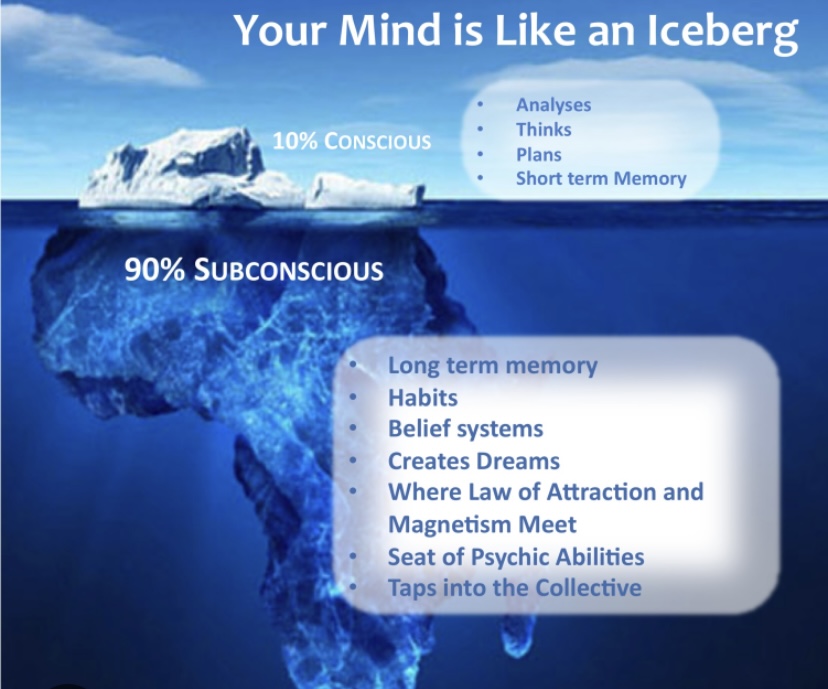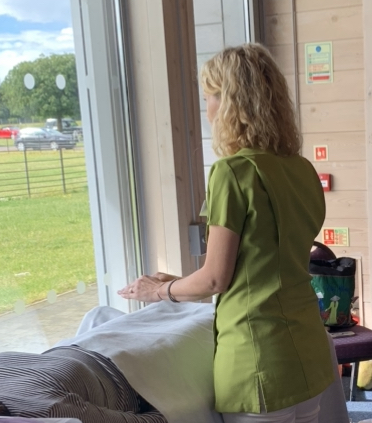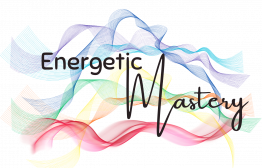Why Are We at the Top of the Food Chain?
We humans often pride themselves on being the top of the food chain, believing our dominance is due to our intelligence, creativity, and the ability to make conscious, rational choices for the greater good. But if this were universally true, I would expect our world to look very different. Instead, in my opinion our steadfast belief that we are superior often blinds us to the flaws in our systems of thought and behaviour—many of which stem from a less visible but vastly influential part of our minds: the subconscious.
Our subconscious mind operates as both a protector and a storage system for programs created in childhood, shaping how we perceive and react to the world. This remarkable system plays a critical role in our survival, yet it often hinders us from realising our highest potential.
How the Subconscious Shapes Our Reality
The subconscious mind runs about 90% of our daily activities. It is our autopilot, ensuring we can perform tasks like driving, cooking, and working while our conscious mind drifts into thought. This setup allows us to survive efficiently, but it also means we are rarely fully present in the now—a state that renowned scientist, Bruce H. Lipton PHD, describes as “heaven on earth.” When we are conscious and present, we have the power to create, make healthy choices, and live out our desires with intentionality.

However, most of our lives are dictated by subconscious programs, many of which were formed during childhood.
These programs are based on information absorbed from our environment, much of it flawed or incomplete. The subconscious’s primary goal is survival, but it doesn’t discriminate between helpful and harmful inputs. It internalizes both.
The Creation of Subconscious Programs
As children, our brains are highly impressionable, operating in a theta brainwave state akin to hypnosis. During this stage, we absorb everything around us—parental behaviours, cultural norms, and emotional reactions.
For example:
- A parent’s angry outburst might have been intended to protect their child from danger, but their child, overwhelmed by emotions like sadness or fear, suppresses these feelings instead of processing them.
- Over time, the child learns to associate emotions like sadness or anger with danger. A subconscious program forms: “Feeling this way is not safe.”
- A deep belief is formed – which is sadly echoed by society – that sadness and anger are bad and it is not safe to experience them.
These programs stay with us, often unexamined, and dictate our adult responses to similar situations. This is why certain triggers can provoke outsized reactions, placing us in a state of stress where we fight (react aggressively – adding to our load with feelings of guilt or hurt), flee (avoid or deflect – have you ever made a joke to avoid feeling a feeling?), or freeze (become immobilised).
Chronic Stress and its Toll
So what are the consequences?
When triggered, our nervous system enters a heightened state, preparing us to face a perceived threat. Over time, frequent activation of this stress response exhausts the body, leading to emotional, mental, and physical symptoms. These may manifest as anxiety, depression, chronic fatigue, digestive issues, inflammation, or more serious illnesses.
Even sleep, our body’s natural reset mechanism, becomes disrupted. Replaying the day’s stresses before bed keeps our energies on high alert, preventing necessary internal maintenance like cell repair, immune support, and detoxification.
It is important to realise that our subconscious does not know the difference between reality and imagination. If we are thinking about it and it is causing a feeling within – it is happening.
So when you ruminate on something that upset you or made you feel angry (which incidentally are perfect acceptable emotions), you are reliving the trigger and your subconscious believes it is real, the threat is actually there now – whether it is in your imagination or not – and places your body on high alert. Read that again…
Such a super powerful knowledge – when used with positive thoughts and feelings….

The Path to Healing: Working with the Subconscious
Acknowledging the subconscious as both a protector and a source of limiting beliefs is the first step toward transformation. Symptoms—whether emotional, mental, or physical—are messages from the body and mind, signalling areas in need of attention and healing.
The good news – we can reprogram the subconscious…
To align the subconscious with conscious desires and goals, we can engage in practices that access its deeper layers:
Utilising the Theta State : The theta brainwave state, accessible during sleep, waking moments, meditation, and practices like Reiki, provides a gateway for subconscious reprogramming. Positive affirmations or visualizations during this state can plant new, empowering beliefs.
Habitual Conscious Work
- Affirmations: Repeatedly affirming positive beliefs trains the mind to overwrite old patterns.
- Journaling: Writing out thoughts and feelings creates clarity and allows for reflection.
- Mindfulness: Staying present helps bridge the gap between subconscious patterns and conscious awareness.
Techniques like Emotional Freedom Technique (EFT) and Matrix Reimprinting combine somatic and psychological approaches to release deep-seated trauma and rewrite subconscious programs.
Self-Awareness is key
When we become conscious of how the subconscious works, we reclaim our ability to choose responses rather than react automatically. Instead of being governed by outdated survival mechanisms, we step into a space of creativity, presence, and growth. The subconscious, once a silent saboteur, transforms into an ally, supporting us in living a life of balance and purpose.
By becoming conscious; listening to the messages our energetic bodies send our way and actively working to reprogram limiting subconscious programs (beliefs), we can transcend the confines of our early conditioning.
In doing so, we align with our true potential, creating a reality that reflects not just survival but thriving.
